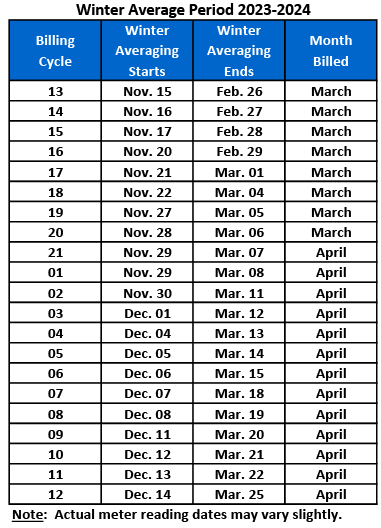The best lies have a bit of the truth at the center. That is what I thought of when I ran across the story of Tim Ballard. Ballard has made himself a name as the rescuer of sex-trafficked individuals but has recently come under scrutiny as allegations of sexual assault and misconduct have come in against him. You can find more about the timeline of the allegations at this abc4.com article. Ballard is the center character in the movie “Sound of Freedom” but as anyone familiar with sex trafficking begins to examine the movie you can tell the stories have been greatly exaggerated or are likely fabricated. At first, I wasn’t going to say anything about the movie until learning of the allegations and that last week Ballard was excommunicated from The Church of Jesus Christ of Latter-Day Saints and received a public condemnation.
For those that don’t know, I am a member of The Church of Jesus Christ of Latter-Day Saints and we are often known by the nicknames of LDS or Mormon. I am also a survivor of all forms of childhood abuse and personally know individuals who had been trafficked from my time growing up in foster care. Excommunication in the LDS Church isn’t shunning as it can be in some churches but is a part of the repentance process and people can be rebaptized after completing the repentance process under the guidance of appropriate church leaders. For repentance of any major sin, a council is brought together for the decision, and a church court is convened. There are three levels of Church Courts beginning with the Bishops Court which can be appealed to the High Counsel Court which can be appealed to the First Presidency Court. For more information on Church Courts please read, “The Principles and Purposes of Church Courts”.
“Members sometimes ask why Church disciplinary councils are held. The purpose is threefold: to save the soul of the transgressor, to protect the innocent, and to safeguard the Church’s purity, integrity, and good name.
The First Presidency has instructed that disciplinary councils must be held in cases of murder, incest, or apostasy. A disciplinary council must also be held when a prominent Church leader commits a serious transgression, when the transgressor is a predator who may be a threat to other persons, when the person shows a pattern of repeated serious transgressions, when a serious transgression is widely known, and when the transgressor is guilty of serious deceptive practices and false representations or other terms of fraud or dishonesty in business transactions.” (A Chance to Start Over)
For Ballard to be excommunicated he would have to participate in a High Counsel Court held by his Stake President and High Counsel, as that is the first level where the excommunication of a Melchesidic Priestholder can occur. A Church disciplinary council would never undertake to reverse a decision of the courts of law. So they often wait for legal proceedings to complete before taking action. When there is exceptional evidence they occasionally move forward before the legal proceedings are completed. So in Ballard’s case, there must have been some strong evidence. In addition, I have heard Ballard try to blow this off as him being excommunicated for going to strip clubs as part of his anti-trafficking work. Strip clubs are not something that will get you excommunicated. Generally serious sexual sins such as adultery and pedophilia or sins with victim such as murder will get a member excommunicated and sins like visitation of strip clubs would have a period of disfellowship (can’t hold a leadership position or pray for the congregation). So we can deduce that the excommunication was related to one of the allegations of the women against him.
So from understanding why he was excommunicated, I can’t recommend anyone watch the “Sound of Freedom” as it is a fictional work that purports to depict events that didn’t happen the way they were dramatized and also leaves out the sexual conduct of Ballard. Sex Trafficking is a major issue and I am disappointed Ballard decided to use his position of trust to abuse women and enrich himself. I hope my commentary will help those who are my friends and not members of my church to better understand what went on and its significance.




